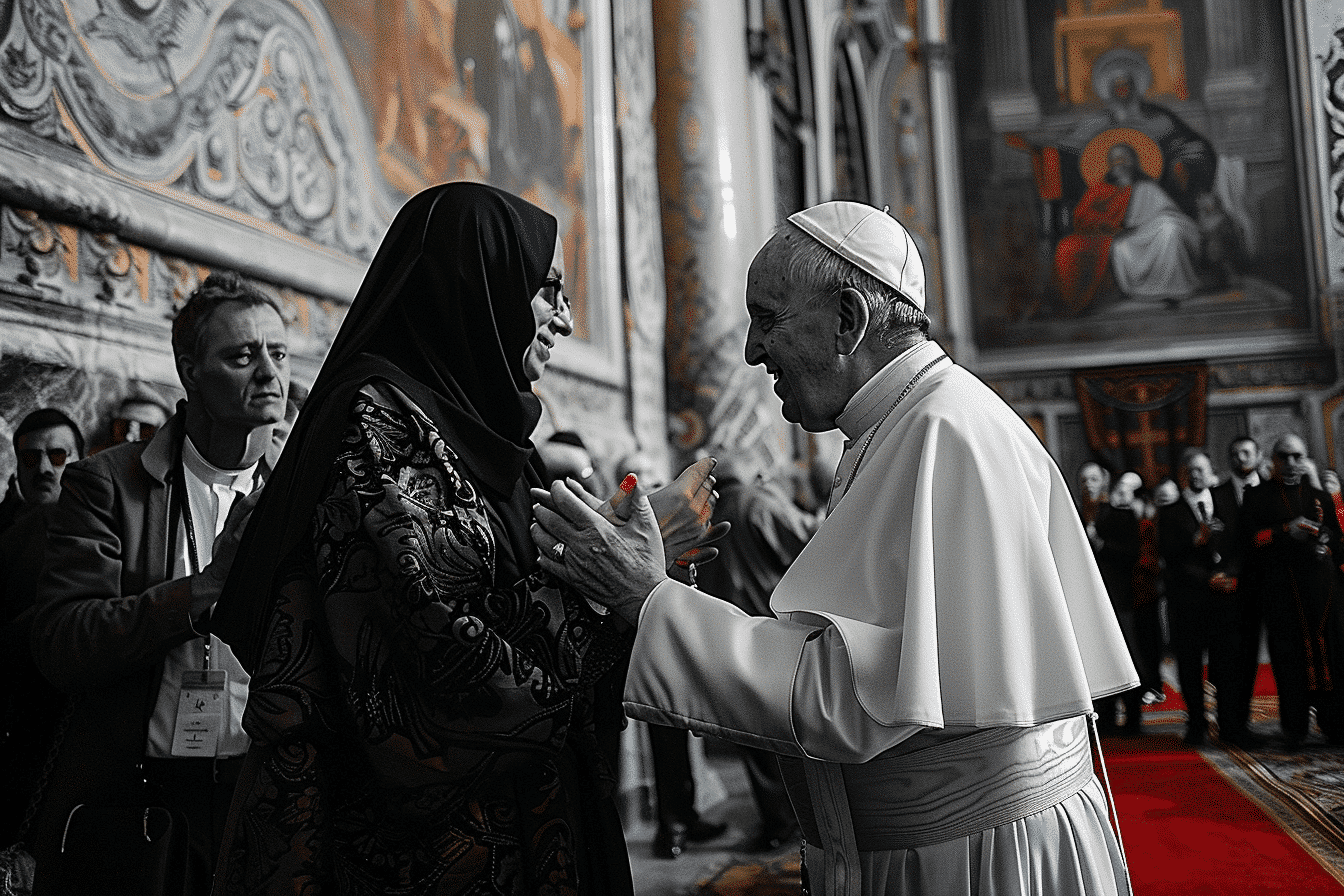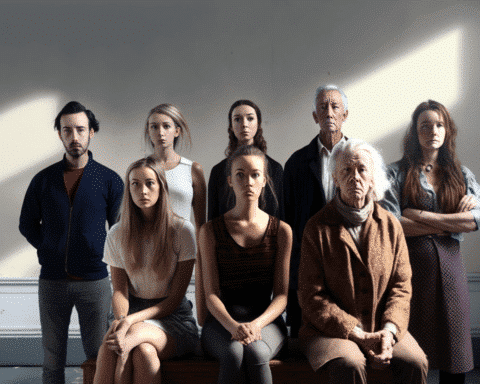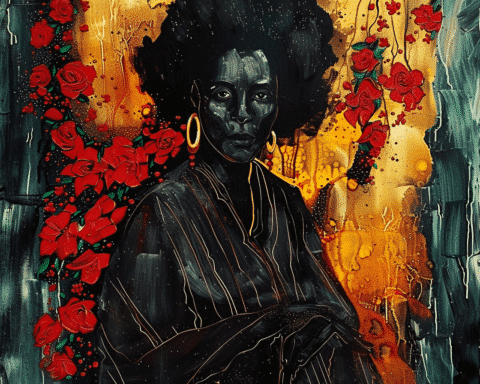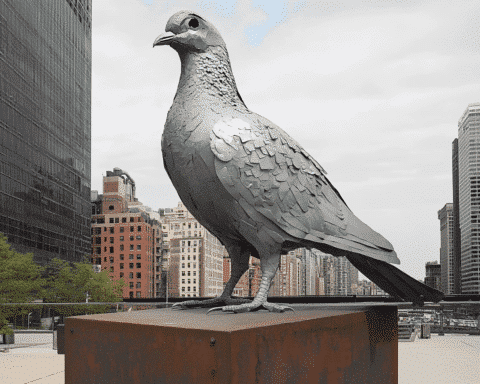Pope Francis marked a historic moment as the first pontiff to attend the Venice Biennale, an international contemporary art festival. His visit on April 28 encompassed a unique agenda, including a trip to a female prison and celebrating the work of Corita Kent, a pioneering American nun artist. Highlighting the intrinsic value of art in society, Pope Francis emphatically stated, “The world needs artists.”
A Historic and Symbolic Visit
The Pope’s journey began with a helicopter ride to Venice, landing directly at a female prison on Giudecca Island, which had been transformed into a venue for the Biennale. Curators Chiara Parisi and Bruno Racine themed the Holy See’s pavilion as “Con i miei occhi,” reflecting a deep concern for society’s marginalized individuals. The pavilion features artwork from several female artists and includes creative contributions from the inmates themselves, such as poetry and a short film directed by Marco Perego starring Zoe Saldaña.
Art and Rehabilitation
Pope Francis met with approximately 80 inmates inside the prison, emphasizing the transformative power of art and self-expression. He remarked, “Paradoxically, a stay in prison can mark the beginning of something new…as symbolized by the artistic event you are hosting.” This statement not only underscored the healing aspects of art but also conveyed a powerful message of redemption and forgiveness.
Reviving the Legacy of Corita Kent
In a significant move to rehabilitate the reputation of Corita Kent, also known as the “pop art nun,” Pope Francis acknowledged her contributions alongside notable artists like Frida Kahlo and Louise Bourgeois. Kent, who faced resistance within the Church in her time, was celebrated for her vibrant art that tackled racial injustice and advocated for civil rights. The Pope’s recognition of her work during his speech vindicates her artistic and moral vision.
Addressing Global Issues through Art
Meeting with artists at the Biennale, Pope Francis discussed the role of art in addressing contemporary global challenges such as racism, xenophobia, and ecological imbalance. His discussions highlighted how art could bridge gaps between diverse communities and foster a more inclusive and empathetic world.
Pope Francis’s visit to the Venice Biennale was more than a ceremonial appearance; it was a profound engagement with contemporary art’s cultural and social dimensions. By visiting the prison and endorsing the works of marginalized artists, he brought attention to the overlooked sectors of society. He reiterated the vital role of creativity in human progress and understanding. As Venice faces its challenges, from climate change to managing tourism, the Pope’s messages resonate with a call for thoughtful stewardship and compassionate action during his visit.




